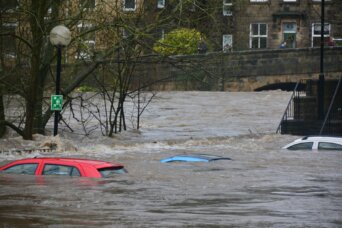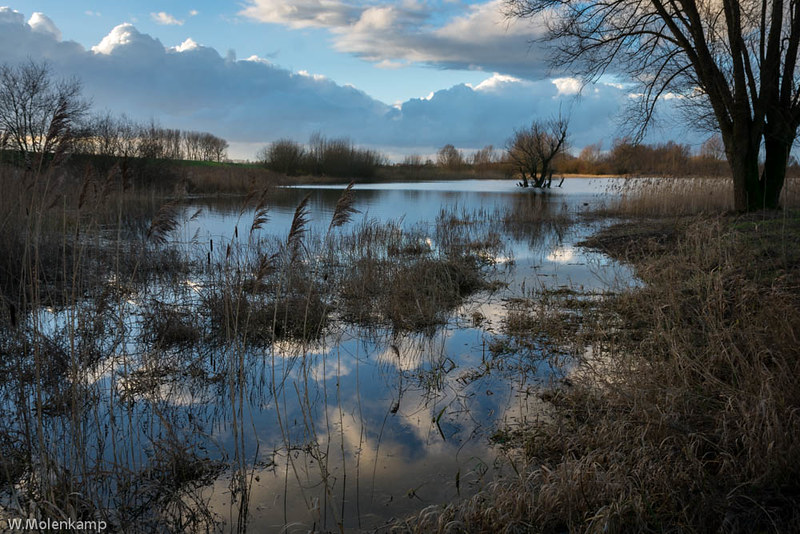- About
- Topics
- Picks
- Audio
- Story
- In-Depth
- Opinion
- News
- Donate
- Signup for our newsletterOur Editors' Best Picks.Send
Read, Debate: Engage.
| topic: | Climate Change |
|---|---|
| located: | Panama, Suriname, Mexico, Costa Rica, Brazil, Honduras, Nicaragua, Guatemala |
| editor: | Ellen Nemitz |
“A dream became a nightmare.” This is how the population affected by the intense floods in Brazil’s northeastern state, Bahia, described their holiday season. In the last days of 2021, record-setting rainfalls hit parts of Brazil and caused rivers to rise and dams to collapse. At least 31 people have died and around 90,000 have lost their houses and belongings.
According to Brazil's National Institute of Meteorology (INMET), as of 27 December the total rainfall recorded in the region was already much higher than the historical average, making this the most rainy December of the past decades. In some cities, the rain levels were more than 400 percent higher. The main causes pointed out by INMET are natural phenomena such as La Niña, but climate specialists add another factor to explain the strength of the tragedy: global warming.
Since the world’s temperatures are rising, even the best climate policies cannot prevent extreme events anymore: they are already happening, from floods in the northeast to droughts in the south. FairPlanet has already reported that the climate emergency is a present reality in Latin America. So did Open Democracy, listing some of the recent events, such as the tropical storms in El Salvador and Haiti that crippled agriculture, and the hurricanes in Guatemala, Honduras and Nicaragua. In addition, there were several regions facing droughts, the average temperatures are rising and the oceans are getting warmer and more acidic.
"If this trend continues, the entire region is projected as a place where the effects and impacts of climate change, such as heat waves, decreased crop yields, forest fires and the depletion of coral reefs will be increasingly more intense," the article assesses. Thus, it is time to combine an ambitious plan to curb carbon emissions and also to prepare countries for weather-driven tragedies.
Some countries are running to the opposite side. In Brazil, for instance, a handful of environmental laws have been recently threatened, including the protection of riparian vegetation - ecosystems around rivers and other bodies of water are essential to tackling both extreme droughts and floods. Mexico, in its turn, continues to invest in fossil fuels.
Despite this hopeless scenario, Latin America does have some pioneers regarding environmental policies. Costa Rica emerges as a leader in the region. Since 1994, the country has recognised a healthy environment as a human right, which influences its investment in renewable sources of energy, land protection, reforestation and its strong commitment to carbon neutrality targets (oil-based transportation is pointed as the main obstacle for it). Besides, the World Bank recently recognised two Latin American countries, Panama and Suriname, in its list of countries already achieving carbon neutrality.
Other countries could potentially improve their environmental plans too. A new report from the UN Environmental Program shows that it is possible to use up to half of natural resources in Latin American cities by, for example, adopting a circular economy and ecosystem restoration, with a focus on sustainable mobility, waste management, sustainable buildings and water and sanitation. Ignoring these measures would lead to an over-exploitation of resources by two to four times the sustainable levels before 2050.
In 2022, the challenges posed to Latin American countries are numerous, and climate resilience policies must top the list of priorities in order to guarantee that future extreme-weather events will not cause so much humanitarian and material damage, allowing people to survive and also continue living life with dignity.
Photo by Chris Gallagher

